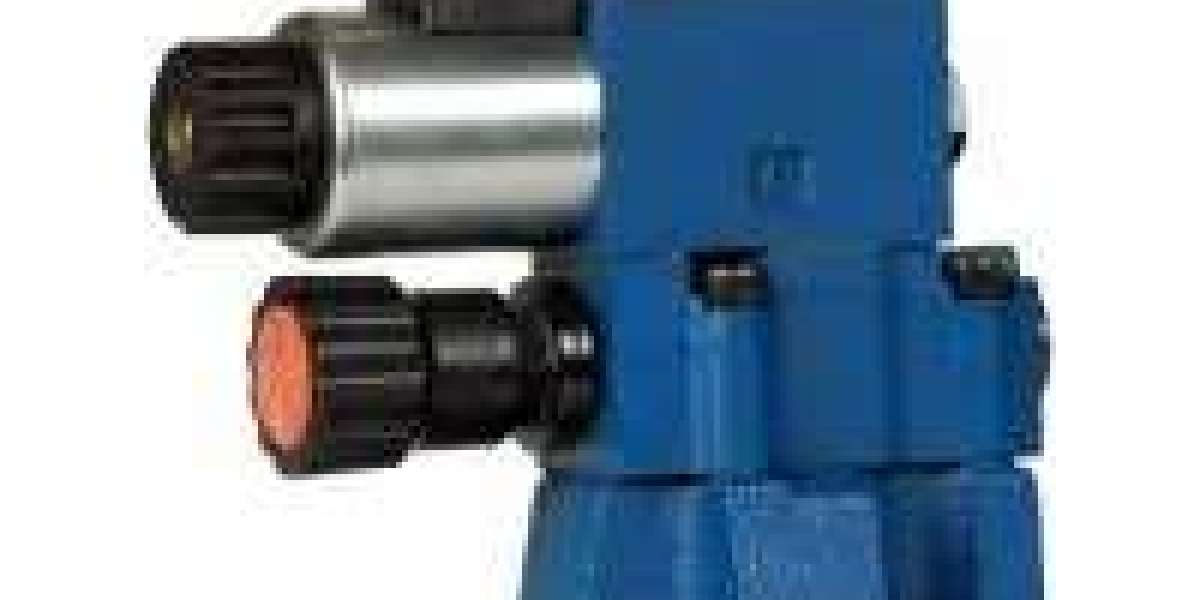Imagine stepping into a factory or construction site where heavy machinery performs complex operations seamlessly. Behind each lift, push, or precise movement is a simple yet powerful device — the Hydraulic Cylinder. While it might appear unassuming, the hydraulic cylinder is the backbone of industrial automation, mobile equipment, and robotic systems.
Whether you are working with a small hydraulic cylinder in confined spaces or a massive cylinder in heavy machinery, understanding its design, operation, and maintenance is essential for efficiency, precision, and safety. This guide takes you through every aspect of hydraulic cylinders, from hydraulic cylinder pistons and hydraulic cylinder seals to integration with flow control valves in hydraulics, variable displacement hydraulic pumps, and servo systems.
By the end, you’ll have a comprehensive understanding of hydraulic cylinders, their troubleshooting, and advanced applications in modern industry.
1. What is a Hydraulic Cylinder?
A hydraulic cylinder is a linear actuator that converts hydraulic energy into mechanical force and motion. It consists of a cylinder barrel, piston, rod, and various seals. The operation principle is simple: pressurized hydraulic fluid acts on the piston, causing it to move, which in turn moves the rod attached to machinery.
Key components include:
Cylinder barrel: Houses the piston and fluid.
Piston: Converts hydraulic energy into mechanical motion.
Rod: Transfers the piston motion to external mechanisms.
Seals: Ensure fluid containment and prevent contamination.
The efficiency and performance of a hydraulic cylinder depend on precision-engineered parts, proper maintenance, and correct integration with directional control valves types and hydraulic flow controllers.
2. Types of Hydraulic Cylinders
Hydraulic cylinders come in various types depending on application, size, and motion requirements:
Single-acting cylinders: Extend using hydraulic pressure and retract using a spring or external force.
Double-acting cylinders: Extend and retract using hydraulic pressure for both directions.
Telescopic cylinders: Multiple nested cylinders for extended reach in compact spaces.
Small hydraulic cylinders: Provide precision motion in tight spaces, often paired with small servo motors for accuracy.
Each type has its own requirements for hydraulic cylinder seals, piston design, and flow control integration to ensure smooth operation.
3. Hydraulic Cylinder Pistons
The hydraulic cylinder piston is the moving heart of the cylinder. It converts fluid pressure into linear motion.
Piston Seals: Ensure no fluid bypass occurs between piston sides.
Wear Rings: Guide the piston and prevent metal-to-metal contact.
Material: High-strength alloys or composites for durability.
Understanding piston dynamics is crucial when using variable displacement piston pumps, radial pumps, or axial plunger pumps, as the force generated depends on pressure applied to the piston surface.
4. Hydraulic Cylinder Seals
Seals are the unsung heroes of hydraulic cylinders. Without them, fluid would leak, pressure would drop, and performance would suffer.
Rod seals: Prevent fluid leakage along the cylinder rod.
Wiper seals: Keep contaminants out.
O-rings and backup rings: Provide secondary sealing.
Regular inspection and maintenance are vital. Learn how to check if hydraulic cylinder is leaking internally to prevent downtime and costly repairs.
5. Hydraulic Pumps and Cylinders
A cylinder’s performance depends on the pump supplying hydraulic fluid. Common pumps include:
Variable displacement hydraulic pump: Adjusts flow based on demand, increasing efficiency.
Tandem hydraulic pumps: Supply multiple cylinders simultaneously.
Axial plunger pump: High-pressure applications.
Radial pump: Compact, high-pressure operation.
Understanding how do hydraulic pumps work is essential for system design, ensuring cylinders receive the correct flow and pressure.
6. Directional Control Valves
Directional control valves guide hydraulic fluid to extend or retract the cylinder.
4WE and 4WMM valves: Common in industrial applications.
Proportional valves: Offer smooth, variable motion.
Load sensing proportioning valves (LSPV): Adjust flow based on system load.
Proper valve selection ensures precise motion, reduces wear, and improves energy efficiency in both large and small hydraulic motors.
7. Flow Control in Hydraulic Cylinders
Flow control valves in hydraulics regulate the speed of cylinder motion. Features include:
Hydraulic flow controllers: Adjust speed and smoothness.
Hyd flow control valve: Prevents overspeeding.
Integration with servo systems: Offers high-precision control for automation.
Flow control is particularly important in small hydraulic cylinders used in robotics or assembly lines.
8. Position Sensors and Feedback
To achieve precision, modern hydraulic cylinders often integrate position sensor types:
Magnetic sensors: Detect piston rod position.
Inductive sensors: Non-contact measurement.
Linear potentiometers: Provide analog feedback for servo systems.
Position feedback enables closed-loop control in servo drive hydraulic pump systems, ensuring precise motion and repeatability.
9. Troubleshooting Hydraulic Cylinders
Common issues include:
Leaking hydraulic cylinder: Check hydraulic cylinder seals.
Slow or uneven movement: Inspect flow control valves and variable displacement pumps.
Cylinder drift: Test for internal leakage.
Tools like et02 diagnostic systems help detect faults early. Additionally, hydraulic control valve repair may be needed to restore proper function.
10. Applications of Hydraulic Cylinders
Hydraulic cylinders power a variety of machines and systems:
Construction equipment: Excavators, bulldozers, and cranes.
Industrial automation: Small cylinders in assembly lines with small servo motors.
Agriculture: Tractors and harvesters.
Marine and aerospace: High-precision applications with variable displacement motors and pumps.
The combination of cylinder, pump, valves, and sensors allows precise control of force and motion across industries.
11. Maintenance Best Practices
Maintaining a hydraulic cylinder ensures longevity and efficiency:
Inspect seals regularly.
Monitor fluid cleanliness.
Check for misalignment and wear.
Use proper hydraulic variable pumps and orbital hydraulic motors.
Schedule diagnostic checks using et02 and other instruments.
Proper maintenance prevents leaking hydraulic cylinders, reduces downtime, and ensures safe operation.
12. Advanced Hydraulic Cylinder Systems
Modern hydraulic cylinders are integrated with advanced technologies:
Servo drive systems for precision motion.
Variable displacement piston pumps for energy efficiency.
Proportional valves for smooth, controlled operation.
Load sensing proportioning valves to adjust flow according to demand.
These innovations are crucial for both industrial automation and high-performance machinery.
FAQs
Q1. What is a hydraulic cylinder?
A device that converts hydraulic energy into linear mechanical motion.
Q2. What are the main types of hydraulic cylinders?
Single-acting, double-acting, telescopic, and small hydraulic cylinders.
Q3. How do hydraulic cylinder seals work?
They prevent fluid leaks, maintain pressure, and protect against contamination.
Q4. How do you detect a leaking hydraulic cylinder?
Extend the cylinder, shut off the pump, and observe for drift.
Q5. What valves control cylinder motion?
Directional control valves, flow control valves, and proportional valves.
Q6. What pumps are used with hydraulic cylinders?
Axial plunger pumps, variable displacement pumps, tandem pumps, radial pumps.
Q7. Can hydraulic cylinders be integrated with servo systems?
Yes, for precise motion and automation applications using position sensors.
Q8. How to maintain a hydraulic cylinder?
Inspect seals, monitor fluid, check alignment, maintain valves and pumps, and perform diagnostics.
Conclusion
The hydraulic cylinder is the cornerstone of modern hydraulic systems. From hydraulic cylinder pistons and hydraulic cylinder seals to small hydraulic cylinders in precision applications, understanding their components, operation, and maintenance is vital for efficiency, performance, and reliability.
Integration with pumps, directional valves, flow controllers, and servo systems allows hydraulic cylinders to meet the demands of industrial automation, mobile machinery, and high-precision applications. By mastering these concepts, you gain the knowledge to optimize, troubleshoot, and innovate in any hydraulic system.













